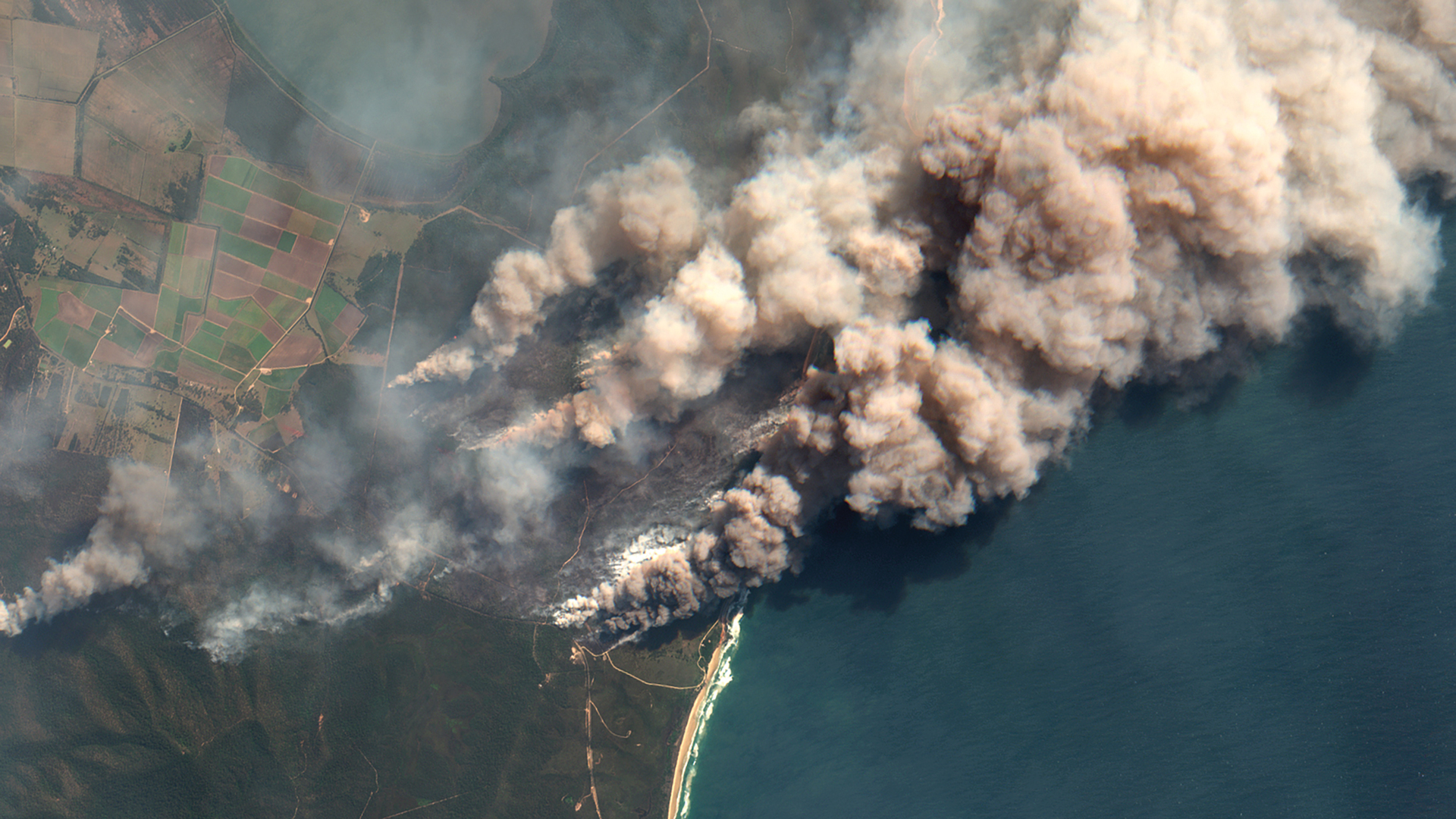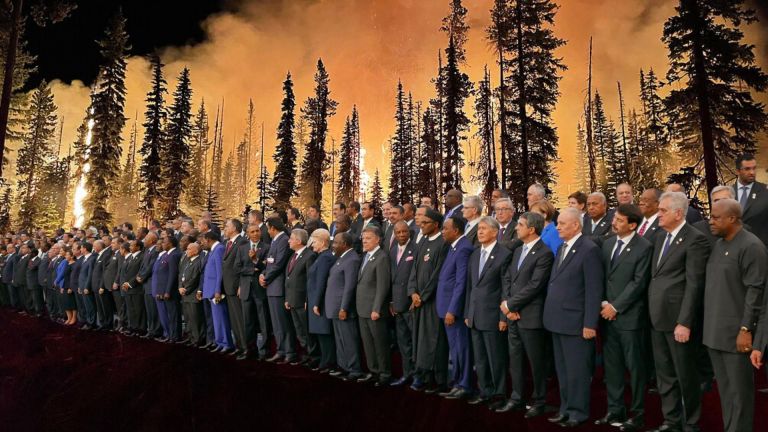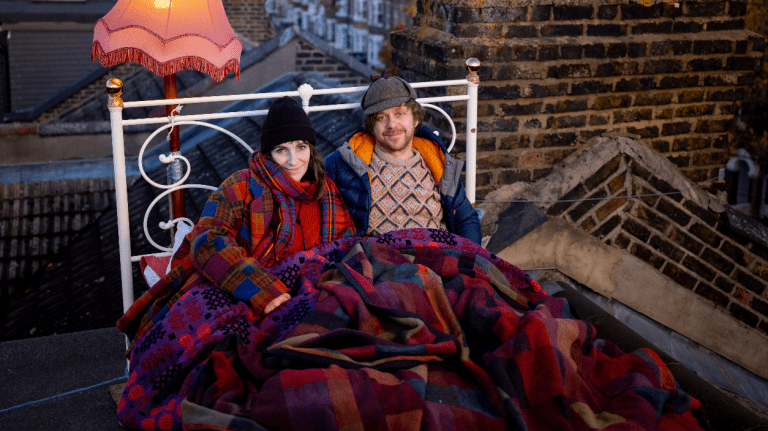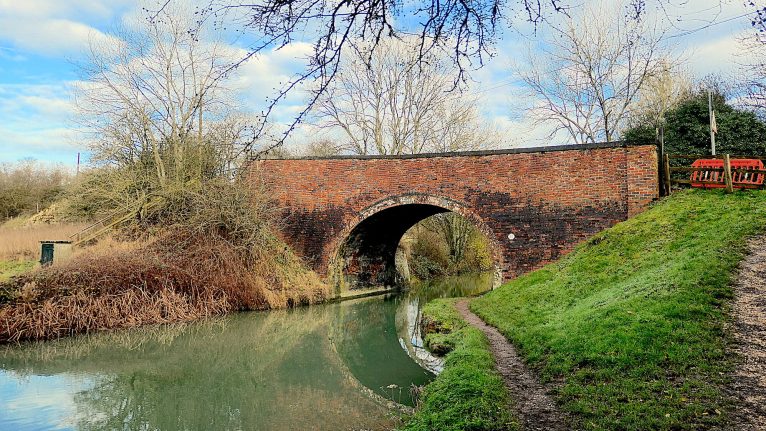Fire has destroyed 8.4 million hectares of land in southern and eastern Australia, an area bigger than Scotland. And despite heroic efforts by thousands of firefighters and volunteers the relentless, unpredictable and fast-changing blazes have killed at least 26 people, more than a billion animals, and destroyed over 2,000 homes.
New South Wales (NSW), Victoria, Queensland, South Australia, Western Australia and Tasmania have felt the force of the fires – which are an annual occurrence, but not on the scale seen this season. Smoke darkened skies as far away as New Zealand, while in Sydney authorities advised people to stay indoors to avoid breathing the tiny particles that can cause serious respiratory issues and other health problems.
But for the homeless population staying indoors with windows closed is not an option. Last year the numbers of rough sleepers in Sydney rose, and extreme heat was already a major problem even before this summer’s unprecedented temperatures and the complications of smoke from the fires.
"Due to the fires in NSW we have opened our home to friends because nearby fires have made their home unsafe. It has been great to have them stay and knowing that they are safe and well. I recommend others to open their homes and hearts to those in need too."
Vendor Ron, Adelaide pic.twitter.com/S884cpTJGO— The Big Issue Australia (@thebigissue) January 7, 2020
“Extreme heatwaves always disproportionately affect vulnerable and marginalised communities,” says Jenny Smith, chair of Homelessness Australia. “We are all encouraged to stay indoors during heatwaves to protect ourselves and our health, but for the more than 116,400 people currently experiencing homelessness every day in Australia, staying indoors isn’t always a possibility. On any given night, there are over 8,200 people sleeping rough throughout our country, and it is more difficult for this vulnerable population to avoid the harmful health impacts of summer heatwaves.”
The extreme heat and poor air quality led to a Code Red status for rough sleepers from the government in South Australia in late December, with human services minister Michelle Lensink saying homelessness agencies across Adelaide would extend daytime opening hours.









